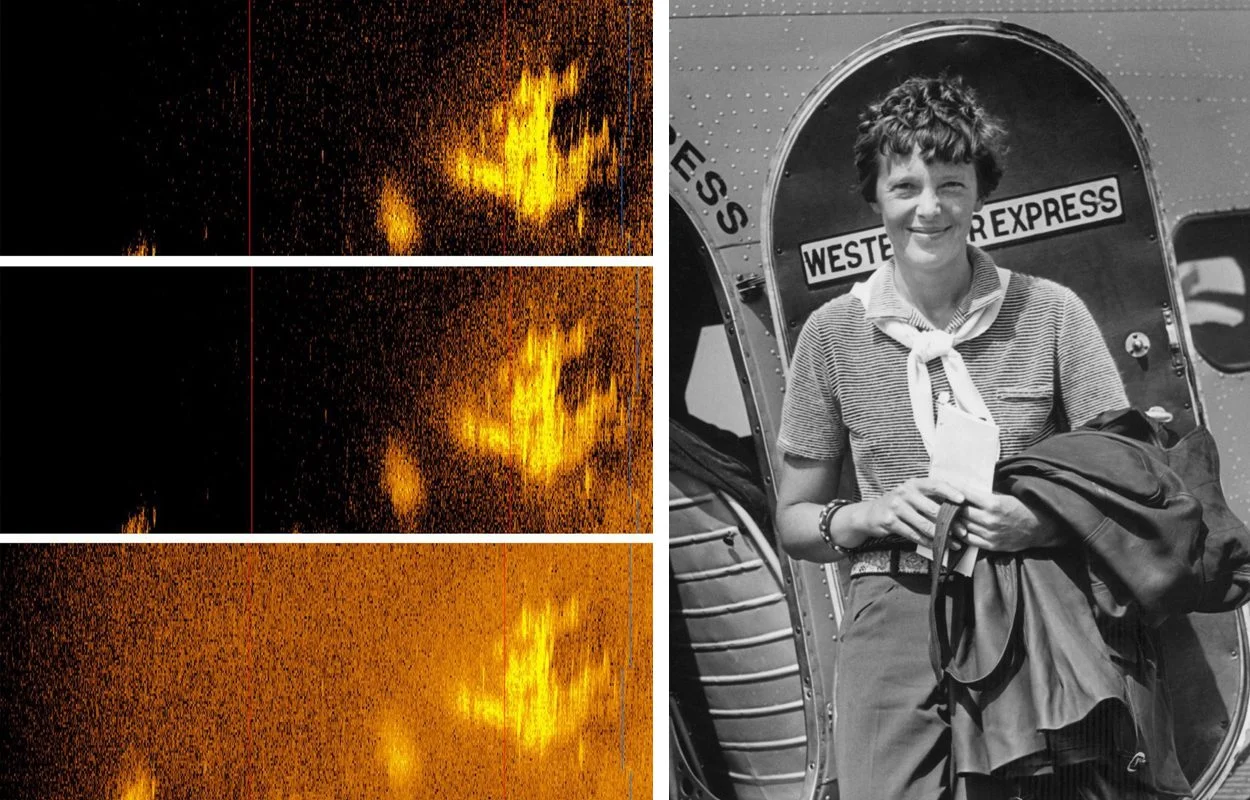Deep Sea Vision, an underwater mapping and exploratory company, claims to have solved the fate of Amelia Earhart who went missing in 1937.
Amelia Earhart, an accomplished American aviation pioneer and author, was the first female aviator to complete a solo flight across the Atlantic Ocean.
In 1937, Earhart and her navigator, Fred Noonan, attempted a circumnavigational flight of the globe in her Lockheed Model 10-E Electra. The plane disappeared over the central Pacific Ocean between Lae Airfield and Howland Island, with Earhart and Noonan presumed dead following the most costly search in U.S. history up to that time.
The most prevalent theory is that Earhart and Noonan ran out of fuel while searching for Howland Island, subsequently ditching at sea.
Decades after her presumed death, Earhart was inducted into the National Aviation Hall of Fame in 1968, and the National Women’s Hall of Fame in 1973.
Tony Romeo, a former Air Force intelligence officer and the CEO of Deep Sea Vision has recently conducted an underwater sonar survey 100 miles from Howland island. The survey has revealed a plane-like shape at a depth of 5,000 metres, that Romeo claims is Earhart’s crashed Lockheed 10-E Electra.
Romeo told NBC News: “You’d be hard-pressed to convince me that’s anything but an aircraft, for one, and two, that it’s not Amelia’s aircraft.
“There’s no other known crashes in the area, and certainly not of that era in that kind of design with the tail that you see clearly in the image,” added Romeo.
Mr Romeo and Deep Sea Vision plan to return to the proposed crash site for further investigation and to get clearer resolution images of the unknown object.
Header Image Credit : Deep Sea Vision





